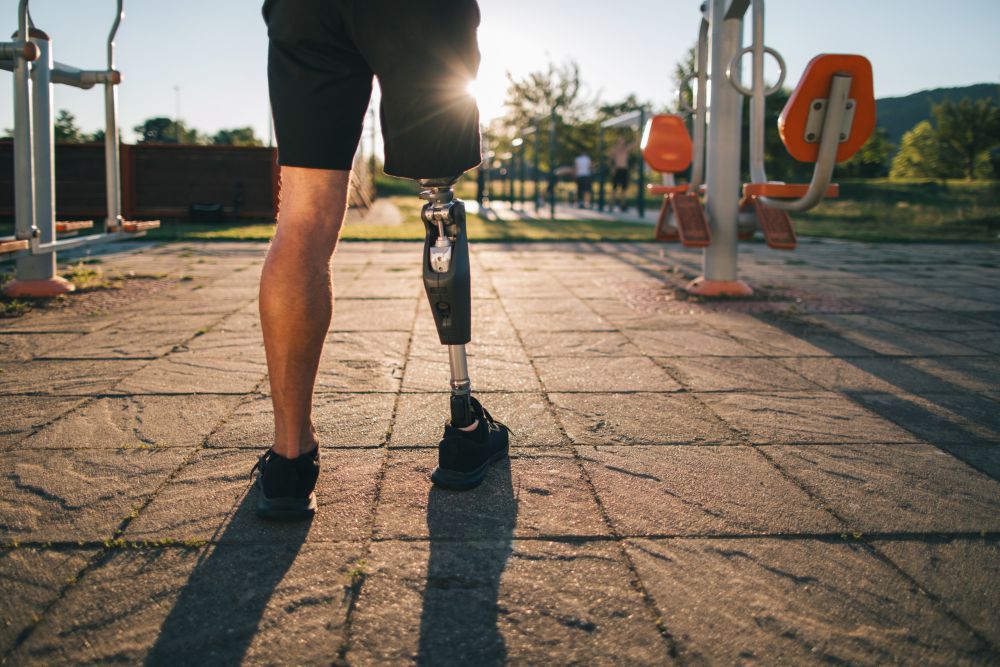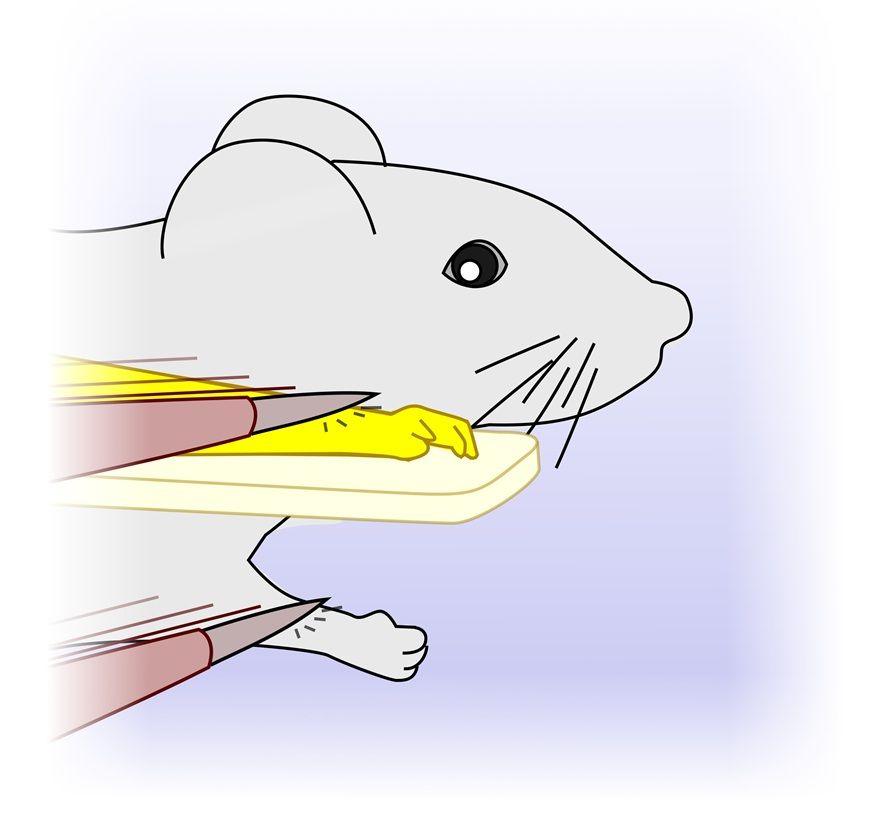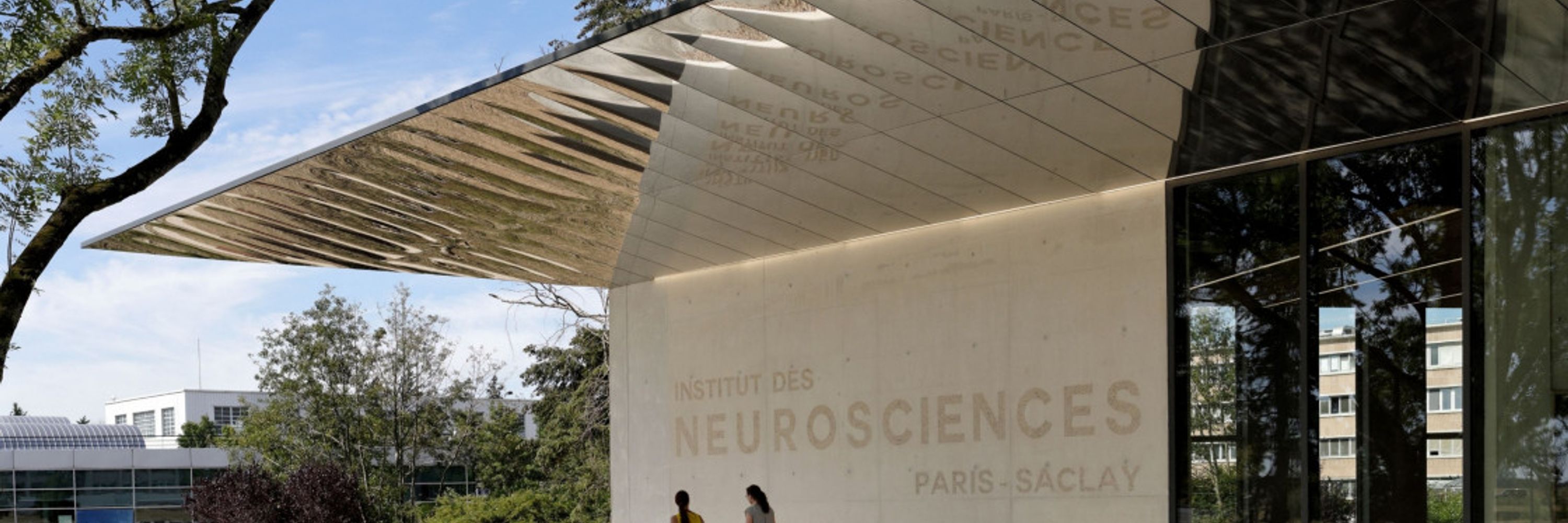
CNRS, Paris-Saclay Institute of Neuroscience @NeuroPSI.bsky.social
https://neuropsi.cnrs.fr/annuaire/luc-estebanez/
Member of team @TouchMoveLab.bsky.social

Guy Bouvier and colleagues managed to decode multiple head movement variables in V1 without light in the room, and discovered two distinct brain sources delivering these signals!
Read more in PNAS 🔽🔽
Guy Bouvier and colleagues managed to decode multiple head movement variables in V1 without light in the room, and discovered two distinct brain sources delivering these signals!
Read more in PNAS 🔽🔽
@bathellierlab.bsky.social @clairewyart.bsky.social
Lundi 6 octobre 17h-19h Hôtel de ville de Paris
Comprendre le cerveau et ses maladies : dialogue sur les enjeux éthiques, scientifiques et médicaux.
Avec @clairewyart.bsky.social , @bathellierlab.bsky.social ,...
Inscrivez-vous ici!
docs.google.com/forms/d/e/1F...

@bathellierlab.bsky.social @clairewyart.bsky.social

We've gone back to studying motoneuron control principles and their applications & here's paper #1:
A proof-of-concept study showing that people with tetraplegic spinal cord injury can control up to 2DoF from a single intramuscular implant
www.medrxiv.org/content/10.1...
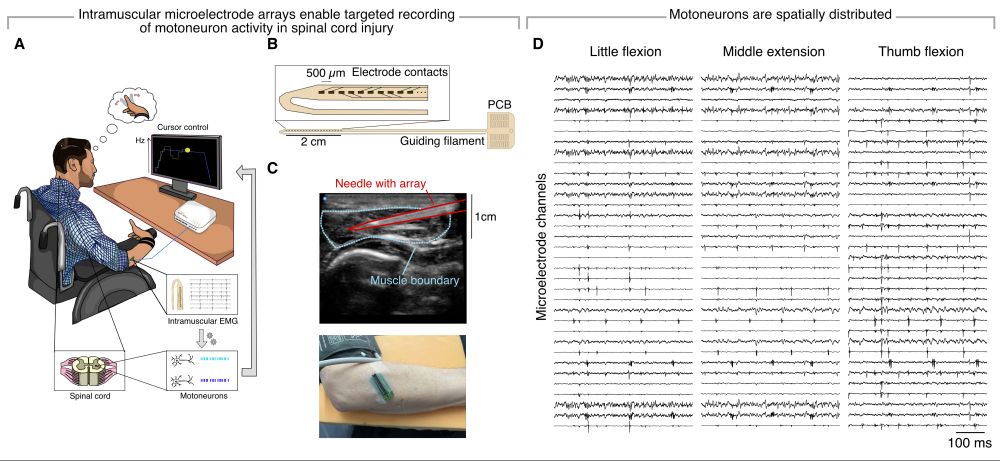

We've gone back to studying motoneuron control principles and their applications & here's paper #1:
A proof-of-concept study showing that people with tetraplegic spinal cord injury can control up to 2DoF from a single intramuscular implant
www.medrxiv.org/content/10.1...
www.biorxiv.org/content/10.1...
www.biorxiv.org/content/10.1...
Global and local nature of cortical slow waves:
www.cell.com/iscience/ful...
In brief, we explored in silico how cortical slow waves are shaped by both external inputs and intrinsic properties of neuronal populations.
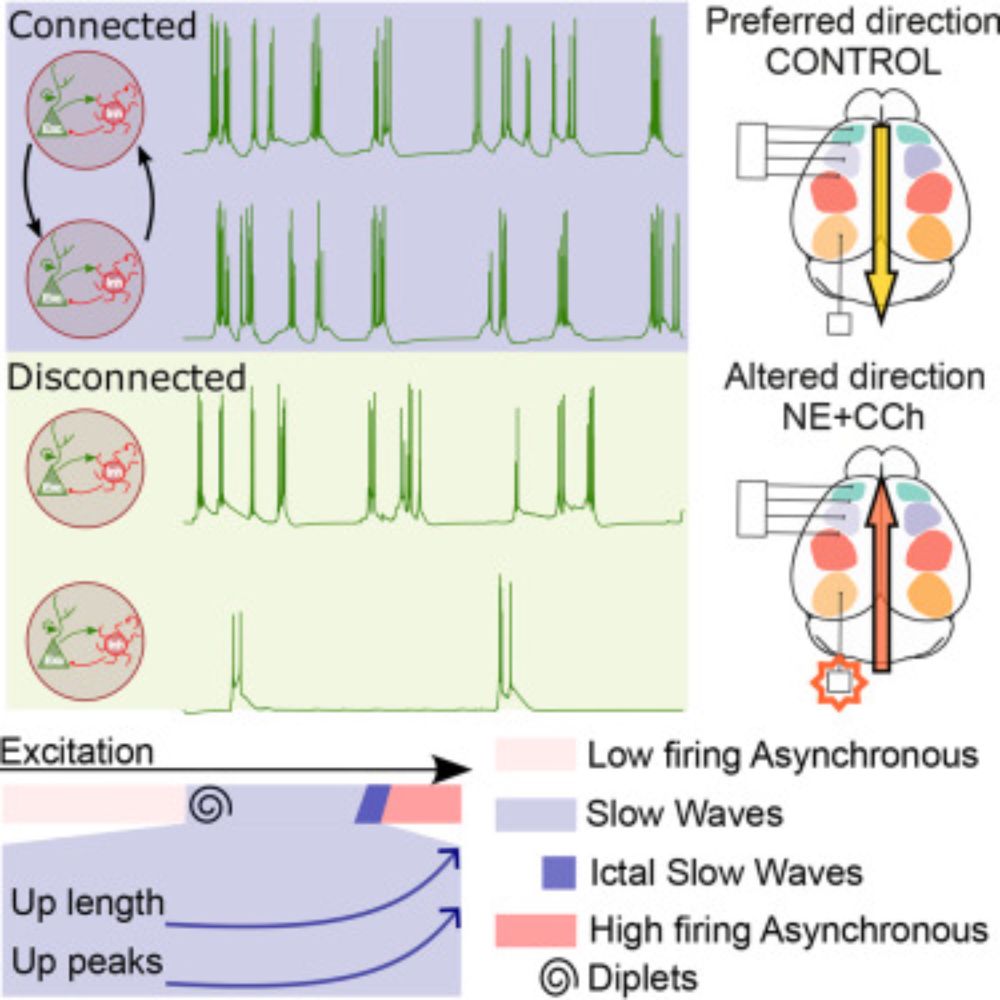
Global and local nature of cortical slow waves:
www.cell.com/iscience/ful...
In brief, we explored in silico how cortical slow waves are shaped by both external inputs and intrinsic properties of neuronal populations.
Excited to share our new paper in @cp-cellreports.bsky.social , led by grad student @rohitrangwani.bsky.social ! 🧠🤖
We show that robust #BrainMachineInterface (#BMI) control is possible using #cerebellar activity- even in a #stroke-affected brain.
#Neuroscience
www.cell.com/cell-reports...
Excited to share our new paper in @cp-cellreports.bsky.social , led by grad student @rohitrangwani.bsky.social ! 🧠🤖
We show that robust #BrainMachineInterface (#BMI) control is possible using #cerebellar activity- even in a #stroke-affected brain.
#Neuroscience
www.cell.com/cell-reports...
First, visualizing electrical brain waves with ASAP3, in Cell. Free link below. Though recorded by EEG for 100 years, how brain waves arise from different neuron types has been unclear.
authors.elsevier.com/sd/article/S...
First, visualizing electrical brain waves with ASAP3, in Cell. Free link below. Though recorded by EEG for 100 years, how brain waves arise from different neuron types has been unclear.
authors.elsevier.com/sd/article/S...
Visit workshop 284
Free registration, accomodation possible on site.
Visit workshop 284
Free registration, accomodation possible on site.
Read more in #ScienceRobotics: scim.ag/4koYIKY
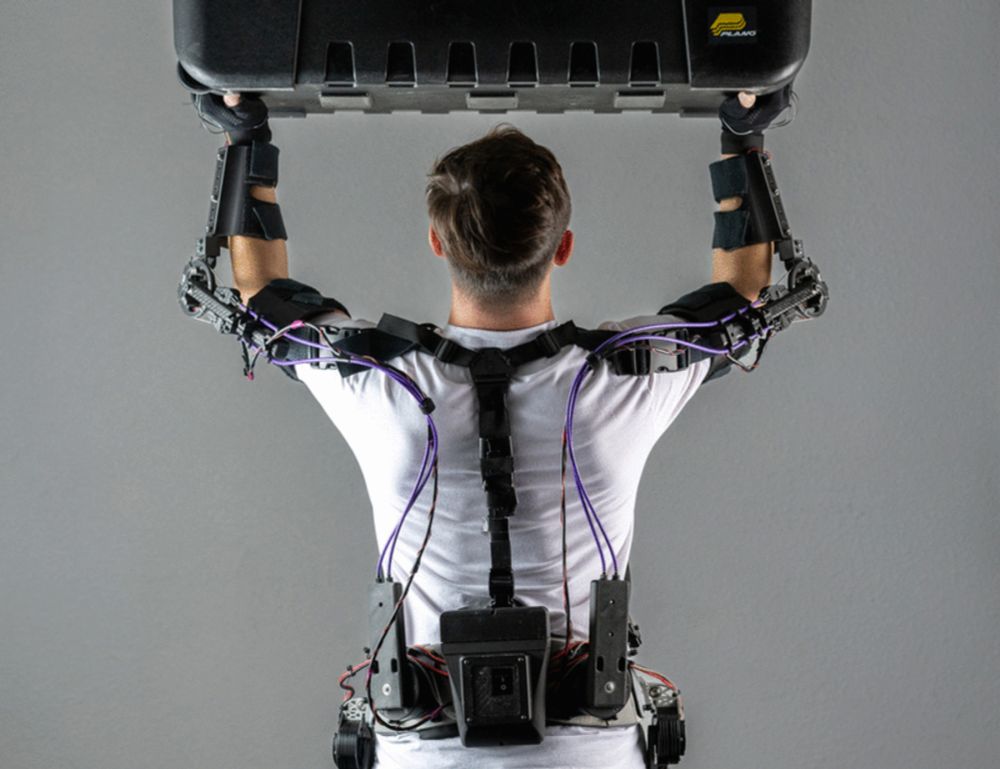
Read more in #ScienceRobotics: scim.ag/4koYIKY
🤝 @cnrs-paris-saclay.bsky.social @univparissaclay.bsky.social @lucestebanez.bsky.social @touchmovelab.bsky.social @neuropsi.bsky.social
👉 Lire l'article dans @plosbiology.org
buff.ly/2JK2msI
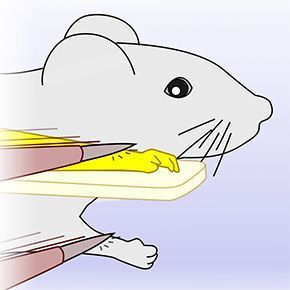
🤝 @cnrs-paris-saclay.bsky.social @univparissaclay.bsky.social @lucestebanez.bsky.social @touchmovelab.bsky.social @neuropsi.bsky.social
👉 Lire l'article dans @plosbiology.org
buff.ly/2JK2msI
www.biorxiv.org/content/10.1...

www.biorxiv.org/content/10.1...
🤝 Nos liens forts avec la communauté des ingénieurs du L2S @centralesupelec.bsky.social nous valent le label PRIME de @cnrs.fr !
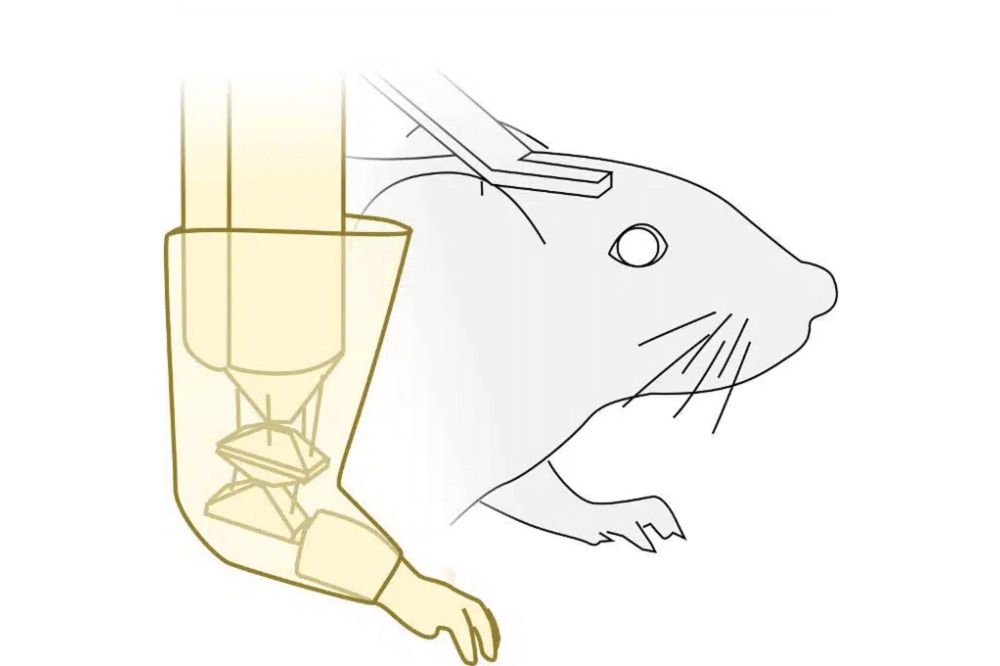
🤝 Nos liens forts avec la communauté des ingénieurs du L2S @centralesupelec.bsky.social nous valent le label PRIME de @cnrs.fr !
➡️ Our "Chaire Professeur Junior" position focuses on multi-omics during brain development. This research-heavy position follows a tenure-track scheme, leading to a full professor position.
🗓️ Application deadline: 22/08/2025
➡️ Our "Chaire Professeur Junior" position focuses on multi-omics during brain development. This research-heavy position follows a tenure-track scheme, leading to a full professor position.
🗓️ Application deadline: 22/08/2025
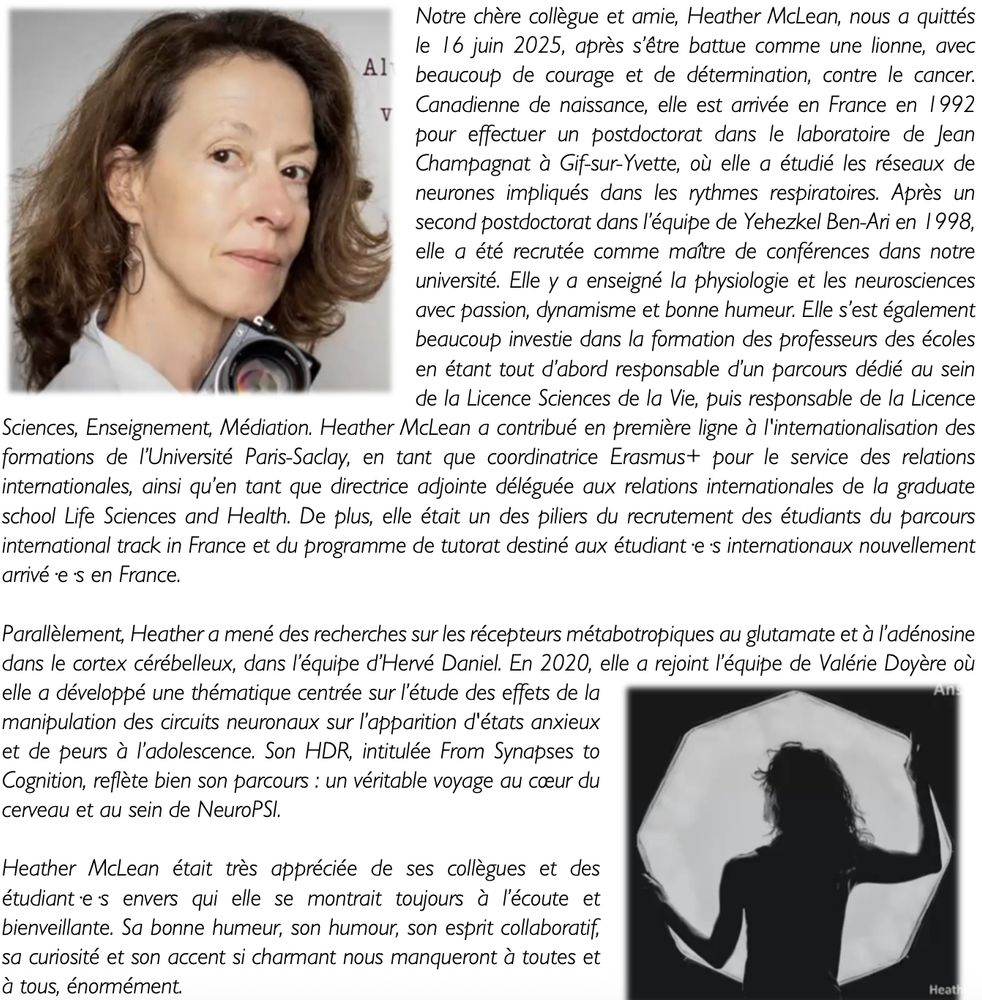
www.nature.com/articles/s41...
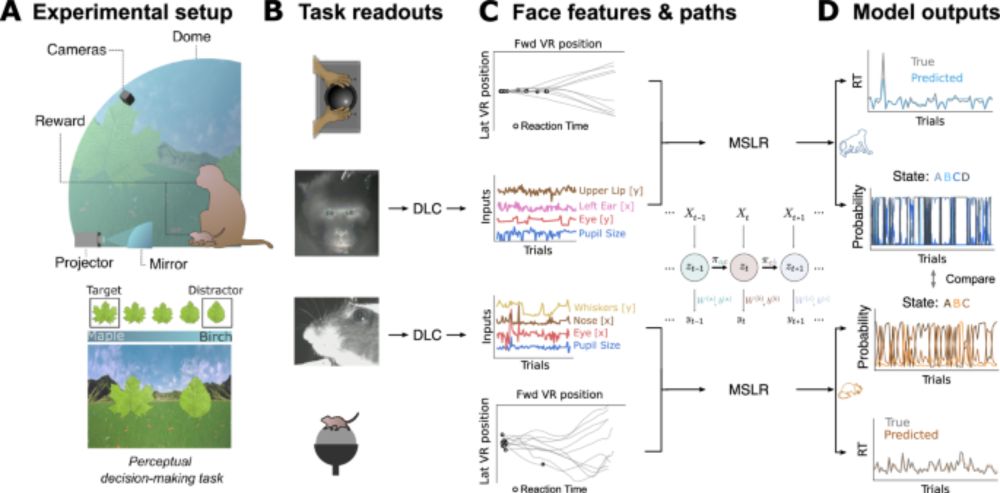
www.nature.com/articles/s41...
"Rapid emergence of a maths gender gap in first grade"
par P. Martinot et al.
Une étude sur 3 million d'enfants en France (!!!) qui va faire du bruit
#LaRAC @nature.com
www.nature.com/articles/s41...
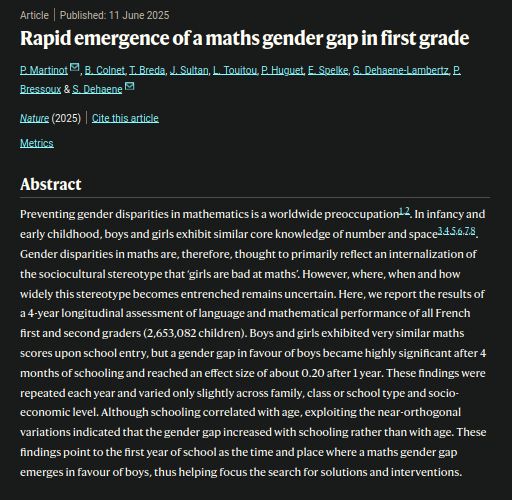
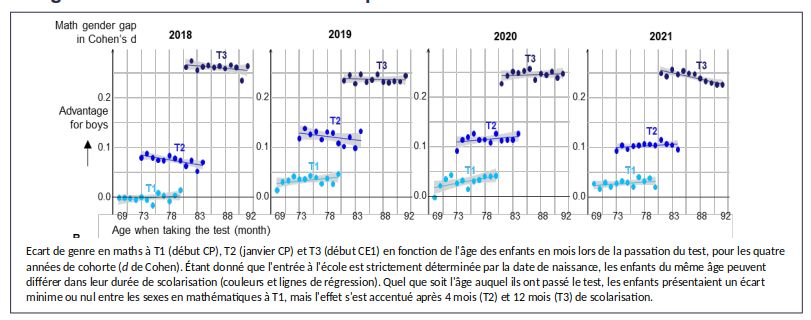
"Rapid emergence of a maths gender gap in first grade"
par P. Martinot et al.
Une étude sur 3 million d'enfants en France (!!!) qui va faire du bruit
#LaRAC @nature.com
www.nature.com/articles/s41...
